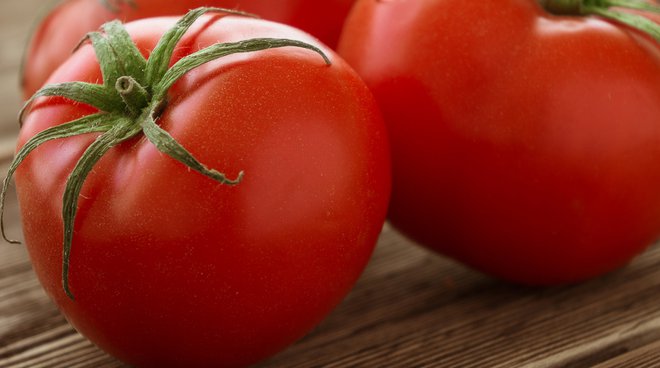Healthy and Sustainable
KNOWING BALANCED NUTRITION
The guidelines of food science are simple. For some of us, however, they may seem difficult to follow, even though, in the not to distant past, before the scientific discoveries of recent decades, this was our grandparents’ usual fare.

The guidelines of food science are simple. For some of us, however, they may seem difficult to follow, even though, in the not to distant past, before the scientific discoveries of recent decades, this was our grandparents’ usual fare. The first well-known, but poorly followed postulate is: food intake (calories) should factor in how much energy we burn, what we need to live. If our calorie intake is too high, we put on weight and the excess energy is stored as fat, with the ensuing consequences to appearance and health we all know. If we don’t eat enough, we will not have everything we need to remain healthy. When we speak of malnutrition, we mean both food excesses and scarcity as well as the quality and quantity of the nutrients ingested. In both cases, in the mid-to-long term, there is the risk of contracting serious diseases.
What nourishes us
We eat foods but we are nourished by macro and micronutrients. Foremost of these are the carbohydrates (or sugars), proteins and fats, each providing energy as well as performing other important functions. Second are the vitamins, mineral salts and trace elements which do not provide energy but which are important as they perform vital functions. Each food contains specific amounts of nutrients and thus, the best way to get nourishment is through a varied diet that balances our needs: grains (pasta and bread), meat, fish, milk and dairy products, fruits and vegetables of all colors.
Balanced nutrients
The body requires energy, but this should come from macronutrients in precise proportions.
The perfect blend to fuel the body requires that the calories come: 15-16% from proteins, 25-30% from fats, 55-60% from carbohydrates. This balance should be respected every day, but, if this proves impossible, the balance can be reached by adding together all of the meals consumed throughout the week.
Energy intake should also be divided throughout the day, each meal bringing the right amount of energy.
Therefore, we need to divide the day's calorie intake as follows: 20% for breakfast, 5% for a mid-morning snack, 40% for lunch, 5% for an afternoon snack and 30% for dinner. These five meals keep our metabolism running, help prevent us from gaining weight and ensure that we have the energy we need throughout the day.
A varied diet
Healthy people can eat everything because there are no forbidden foods nor are any better or worse than others; there are none that make you fat, or that work miracles.
However, there are some essential nutrients we need to take in with our food because they cannot be synthesized by the body. High biological value proteins (9 essential amino acids) are found in the animal world (meat, fish, milk, cheese), carbohydrates come from plants (grains, legumes, fruits), fats are all important and come from both the animal and plant kingdoms - such as extra virgin olive oil, seed oils, walnuts and dried fruits, but also oils from fish - although we should consume greater quantities of those of plant origin. Vitamins and minerals are present in all foods. Some essential elements like calcium are derived mainly from milk and cheese while others come from fruits and vegetables, meats and fish. All foods are needed. And yet, again in this case, they should be eaten with a frequency that enables us to approach the ideal nutritional balance as closely as possible.
So what about tomatoes
Some will ask: how much tomato can I eat? As much as you want, without undue concern.
The calories provided by the tomato in all its various forms (fresh or preserved) have negligible impact on the diet. Instead, the wealth of micronutrients found in tomatoes are extremely important, vitamin C and many minerals. Tomatoes are a healthy friend that can be included in your daily diet, both as condiment and as side dish.
FRUIT 3 fist-sized fruits a day
VEGETABLES 2 portions of vegetables daily, most frequently raw
GRAIN Severy day and at each meal, pasta or rice or corn, better if whole grain
FISH 3 times a week
RED OR WHITE MEATS3 times a week
1-2 EGGS once a week, instead of meat
COLD CUTS Parma or baked ham and salt-cured, dried beef, twice a week, in moderation
SAUSAGE MEATS Salami, bologna, sausage, franks and similar products, once a week, in moderation
LEGUMES 2-3 times a week
MILK OR YOGURT 1-2 times a week
CHEESE AS ENTRÉE Aged cheese like Parmesan, provolone, mild fat cheese, 50/60g twice a week or 100g of fresh cheeses such as stracchino cheese, cream cheese, mozzarella in lieu of meat or eggs
The contents of this article are in accordance with the parameters set out by the European Food Safety Authority - EFSA.
NEWS
ALSO IN FOOD TRENDS
Healthy and Sustainable
Health and tomatoes: low-calorie recipes
Integrating low-calorie recipes into your diet is essential for anyone aspiring to maintain a healthy, balanced lifestyle. In this context, the tomato stands out as an ingredient known both for its nutritional value and versatility in cooking.
Healthy and Sustainable
What to add to puree? The right sauce for every taste
Tomato sauce is a classic of Italian cuisine and, starting with the basic recipe made with sautéed onion and basil, this delicious sauce can give you unforgettable moments of flavor!
Healthy and Sustainable
Recipes with grains for a cool summer
Four delicious recipes with grains, excellent also chilled, for a cool summer.


